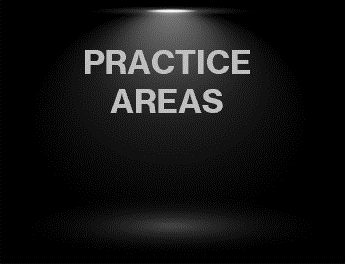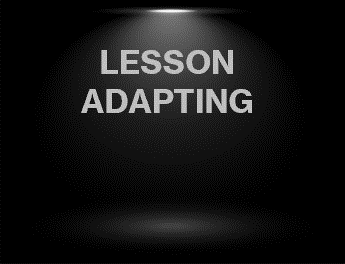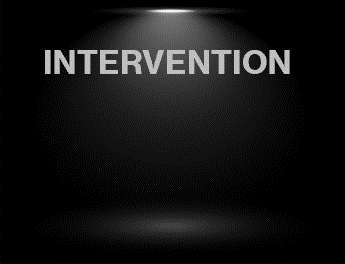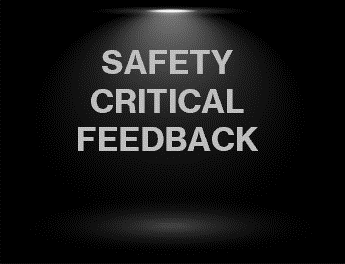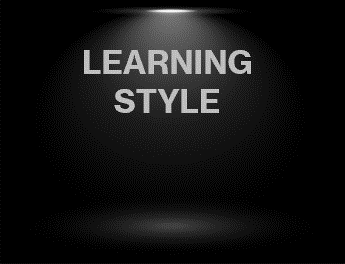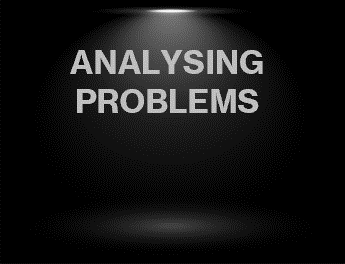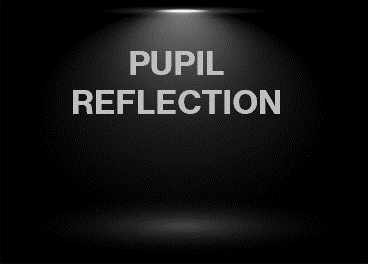
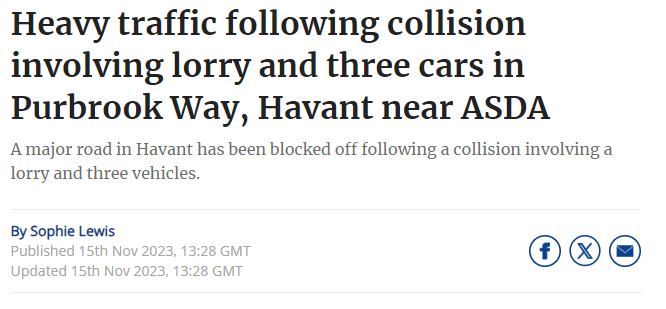
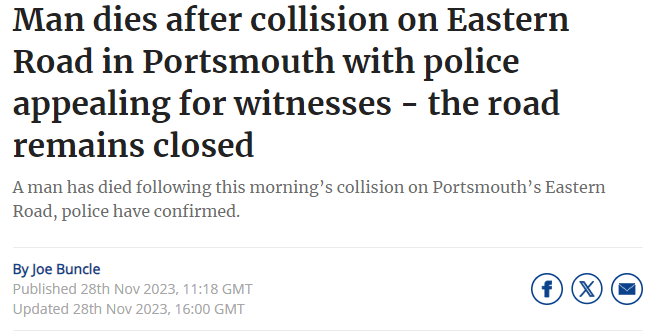

Examples and Opportunities
Were opportunities and examples used to clarify learning outcomes?
Does your learner know how to carry out the task to gain a successful outcome to their learning needs?
Does your learner know why they are doing specific things while they drive?
Can you offer examples or specific opportunities for them to understand how to achieve them?
It is extremely possible when you get a new pupil they will have zero knowledge of how to operate a car.
You will need to know how to supply enough information for them to understand how to achieve this.
It may literally be a case ok breaking down every last little bit of information to the tiniest detail.
Some pupils may have been watching others drive and have a better understanding without too much input from you.
You may even get pupils that have had a previous instructor so have driven before.
Or
you may even get full licence holders that want additional training or refresher lessons.
YOUR INITIAL COURSE OF ACTION WILL BE TO ASK WHAT THEY KNOW ALREADY.
Don't try and teach someone to suck eggs right from the start.
If they "Know stuff already" and you start blabbering on about what foot to use on what pedal, and this pedal is the..... this one is the ... etc
they are going to get bored very quickly.
Find out what they know and fill in the blanks.
As much as they may know what foot works what pedal, this doesn't necessarily mean they can use it correctly.
This is where you will need to ask some questions to gauge what they have done in the past.
"How much previous driving experience have you had?"
"What type of things have you experienced?" (left turns, right turns, implementing MSPSGL, POM Etc)
It's crucial at this stage that you listen intently and see whether they are just a "talker" or a "true talker"
What we means comes down to the old saying of
"you can talk the talk, but can you walk the walk"
In other words they are are a great talker, but when it comes down to the doing they haven't got a clue.
If you simply believe fully what they say without delving in a little deeper, maybe about specific processes like the MSPSGL routine, you may find that as you plan your initial assessment route you end up putting your pupil way out of their depth and you'll end up "Firefighting"
We've mentioned Firefighting in the past and it's not a place you want to be when supplying a lesson.
As mentioned also in the past, It's your responsibility to keep the learning locations a safe environment for you, your pupil and all other road users.
Your learner may have had previous lessons with another instructor, but may not have been taught in the same manner that you have been taught to instruct yours.
MSPSGL (Mirrors, Signal, Position, Speed, Gear, look) may be know to them as MSM (Mirrors, Signal, Manoeuvre)
As long as they can give you a breakdown of what it means and why it is carried out, then there is a high likelihood that they have indeed had previous lesson and were at a stage in their leaning where the MSPSGL routine had been implemented or possibly further on in their learning.
As every new task is introduced do as you have done in the past. Talk with your pupil first and find out how much they understand about it.
Link subject!
What have they done in the past that will use the same skills?
What might need to change?
How are the going to achieve that?
How much input do they require from you?
Would you like to see a video showing what you are trying to achieve?
How about using the Visual Training Book to clarify the outcome?
Could the dry wipe board be used?
Do they want a physical demonstration from you?
Would an animation help?
What does the Highway Code say about this particular subject and what laws or rules might apply?
There is endless amounts of information in one way or another for your to engage with your pupil to ensure that learning takes place, examples and opportunities can be used, and your learners experience and abilities grow.
If I had a pound for every pupil that i have taught who knew about the 6 point check before moving off, but didn't actually know why they were doing it I'd not be extremely rich, but I'd definitely be having another holiday this year.
Social media, You tube can be a massive tool for learners but it can also have it's pitfalls.
We've probably all seen the micky taking vids about carrying out a 6 point check before moving off, but I don't think I've seen one of these that then explained why it is actually carried out.
The whole "YOU WON'T PASS YOUR TEST IF YOU DON'T DO THIS" Is NOT the reason it is carried out.
But does your pupil understand this?
Do you actually understand this? I really hope so.
Just because your pupil has heard of it and mentions it to you, ask them why do we carry it out before we move off.
You'll be surprised how many get it wrong.
There will be times when you may have discussed something with your pupil but without getting the same situation while on the move or having footage or other real information to explain a particular situation it can be hard to explain fully.
So when a question raised by your pupil with a "what would happen if?" type question.
How do you get to allow them to understand? Where do you find a learning opportunity for this question?
By having a very good awareness of your surroundings, it is highly likely that you may have caught something on your dashcam of the exact subject that may have been raised weeks ago.
While just out driving about or on a lesson the very subject unfolds right in front of you.
This would be a perfect opportunity for you to highlight it to your pupil (obviously without distracting them)
If it would distract them, keep quiet about it, and possibly make a note of the date and time that it happened,
once you get home upload the footage from your dashcam and save it.
When you have another lesson with that particular pupil you can always show them the footage and discuss methods to avoid or deal with the situation should it happen to them in the future.
I have hours and hours of footage form dangerous overtaking, excessive speeding, driving through red lights, pedestrians walking straight out into the road without looking, cyclist flying around a corner and straight out in front of me without a thought there may be a car coming, Driver undertaking on the motorway, Barriers being blown in front of my car when its windy, Cars aquaplaning having hit sitting water at speed, the list is huge, but every opportunity that comes along save it, store it, and use it as a learning opportunity whenever your can. These are like gold dust to the driver industry.
Even Good driving and not all the dangerous stuff is worth recording and saving, these can also be used to clarify learning outcomes.
Other observations that will back up some of the things you say (because sometimes you may not be believed) is news paper clippings or screenshots of local news.
Local news is without a doubt more hard hitting because details will be recognised by your pupils.
Again I have a huge portfolio of RTC's (Road Traffic Collisions within our area.
They are not not the crashes themselves (so no gory photos)
but the Local paper's newsflashes screenshotted.
"Crash causes major tailback"
"Crash leaves driver with serious injuries"
"Two die in motorway collision"
Etc.
Now none of this sounds nice, but it is the true reality of what happens on our roads on a DAILY basis.
Did you know, on average 5 people die every day of the week on the UK roads!
5 a day may not initially sound a lot but when you multiply that by 365 days of the year
That's 1825 people a year
OVER 18 Thousand every 10 years!
In 2023 there were 132,063 casualties of all severities on the UK roads! Know as KSI's (Killed or Seriously Injured)
So using clippings or any other forms of media that may hit home the facts, are learning opportunities all the same.
On my Facebook page I follow a lot of the big organisations, IAM, DIA, ADINJC, HAMPSHIRE CONSTABULARY, BLUE LIGHT etc
And when any relative information is posted I will ensure that it is shared to my Facebook group.
Facts from a police officer definitely hits home a lot harder than from joe blogs down the road.




To gain opportunities for learning to take place you need to put your pupil in a position for this to happen.
Ensure your route is appropriate for the learners ability and experience.
Ensure that the route is challenging enough for learning to take place but not to cause on overload of stimulation where the pupil cannot take in information and it just lead to the becoming stressed.
If you were for example trying to build your learners skill with the use of mirrors before turning into a junction, they would not get many opportunities for learning if you took them on a long country road with just one or two junctions off of it.
The way to ensure learning opportunities were available for this task would be to find a residential areas with lots of turnings.
There will be multiple easy example and opportunities for learning to take place of general everyday faults, poor driving technique, lack of awareness, speeding, dangerous overtaking, drivers cutting corners, drivers on their mobile phones, drivers opening doors without looking, pedestrians steeping out in front of you, cyclist on and off the pavement when they like, electric scooter shooting in and out of traffic, etc.
However, you have a duty of care to ensure the learning environment is kept safe so ensure you don't put off your learner, especially in a situation where lots of concentration is required.
But you will get lots of slow speed situations where you can highlight things that are possibly just about to happen.
A very common one is drivers stopping in a Keep Clear zone, Box Junction, stopping across a pedestrian crossing, jumping a red light, etc.
Use these as learning opportunities but ensure that there is no discrimination toward the vehicle make or driver.
Category 16 of the competencies is regarding discrimination which we will come to later.


